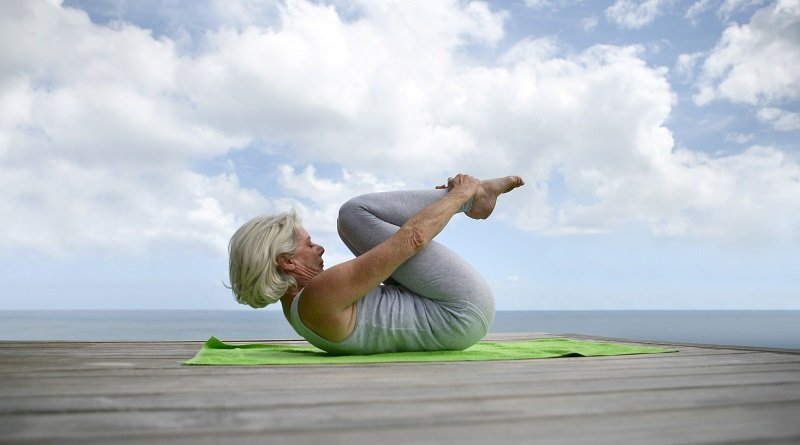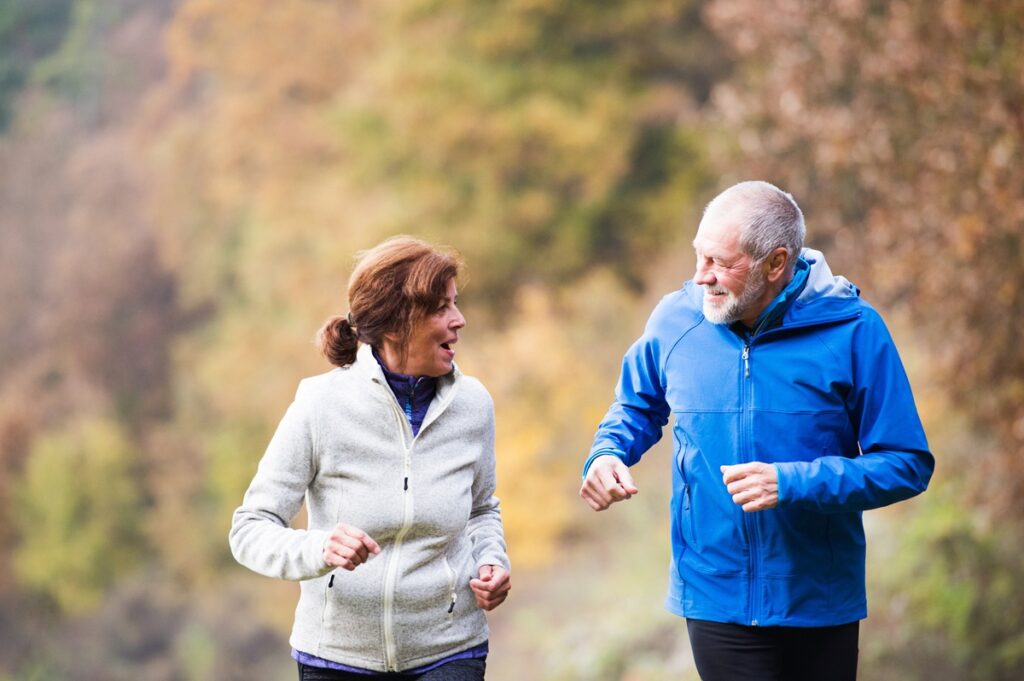As we age, all of us lose some of the functionality we enjoyed in our younger years. Muscles become shorter and less elastic, joints weaken, and our range of motion narrows. We know that age-related muscle loss can be minimized by resistance training, as can the effects of bone-related disorders, such as osteoarthritis and osteoporosis.
And one of the best ways to maximize the effectiveness of a resistance-exercise program is to supplement it with functional training exercises.
Functional training includes specific exercises intended to enhance the various ways we move throughout the day. The movements train muscle groups to work together in ways that improve our ability to perform normal tasks. It should be noted that “normal” tasks are different for everyone. A functional training routine should look quite different for a 90-year-old with limited mobility than it does for an active 65-year-old who walks three miles every day, volunteers at the local children’s hospital, and cares for her grandchildren.
Regardless of the intensity of any functional training program, stretching is an important component. Stretching supports muscle strength, improves flexibility and range of motion, and increases circulation and blood flow. When combined with resistance training, stretching can help keep joints flexible, making it easier to comfortably perform the activities that fill our days.
Here are 4 ways stretching can support active aging and improve the effectiveness of functional training:
1. Stretching reduces the symptoms of arthritis and relieves lower back pain.
Lower back pain in older adults is often the result of osteoarthritis and spinal stenosis. Caused by the degeneration of cartilage between the joints, and affecting over 33% of older adults, osteoarthritis can cause pain and stiffness in the lower back that comes and goes in varying degrees.
Osteoarthritis can also cause sciatica, pain that radiates along the sciatic nerve causing leg pain and sometimes tingling, numbness or weakness. Spinal stenosis, a narrowing of the spinal canal, can also put pressure on the spinal cord and the nerves within the spine, also causing sciatica.
Osteoarthritis and spinal stenosis are caused by age-related wear and tear. Stretching cannot reverse the core condition, but it can go a long way towards relieving the resulting pain. Regular stretching can improve flexibility and range of motion, and relieve much of the stiffness in the afflicted joints.
When symptoms are severe, stretching might be difficult and painful. One way to reduce the pain is to warm up the area by applying a heat pack before, and even during, stretching.
Another way to warm up the muscles and joints before stretching is through functional training exercises or strength training. Following stretching, apply an ice pack to minimize any swelling in the joints.
2. Stretching can reduce the risk of falling.
Along with balance and strength training, research shows that flexibility and a wide range of motion are critical to creating stability and preventing falls.
It’s particularly important to improve and retain flexibility in the quadriceps and hamstrings as well as mobility of the hip joints. These muscles and joints, along with strength in the lumbar spine, directly affect static balance, our ability to balance when standing still, and dynamic balance, our ability to balance while moving.
In addition, stretching boosts circulation which is important for remaining aware of the environment and alert to any dangers and impediments that might cause a fall.
3. Stretching can support good posture.
As we age, we lose elasticity and flexibility. One has only to observe the flexibility of a child to see how true this is. This inevitable part of aging happens because the water content in connective tissue, such as ligaments and tendons, decreases over time. Tight ligaments and tendons can also contribute to poor posture. For older adults who spent years of their life hunched over their desks, and have tight tendons in their chest and shoulders to prove it, poor posture is especially likely.
Poor posture compresses the spine and can cause pain and discomfort in the lower back and between the shoulder blades. The good news is that consistent stretching can significantly improve flexibility and help loosen tight ligaments, tendons, and muscles. When stretching is combined with strength training that’s focused on strengthening supporting muscles, dramatic improvements in posture and range of motion are not only possible but likely.
4. Stretching improves energy and blood flow.
Dynamic stretching – low-intensity stretching that uses movement to improve the stretch – has been shown to lengthen muscles and increase circulation and nutrient flow throughout the body.
For older adults, increased energy is an important part of active, independent aging. The increased circulation and nutrient flow from stretching naturally increase the body’s energy levels.
Some examples of dynamic stretches include: arm swings, shoulder circles, lunges, leg swings, and squats.
Functional training, stretching, and strength training work better together.
Regular stretching is especially useful when it’s one part of a holistic training plan that also involves additional balance training, strength training, and cardio exercises. From the day we are born, our bodies need to move. As we age, remaining active is more important than ever.
Regular strength training and exercises such as tai chi, Pilates, water therapy, yoga, walking, and biking, keep muscles, bones, and joints strong and pliable so that older adults can fill their days with the things they love the most.
Are you a care professional at a Senior Living Community?
The HUR FreeTrainer makes it easy to create a comprehensive paper-free training plan for each client that includes instructions, images, and guidelines for every equipment and non-equipment exercise. Trainers can include stretching, functional training, balance, and other non-equipment exercises in a comprehensive outcome-based data tracking system.
The panel guides users through their program with clear written and visual instructions for each exercise and the number of reps. Users can mark each exercise as complete and record their actual number of reps, allowing trainers to accurately track data for all equipment and non-equipment exercises.




